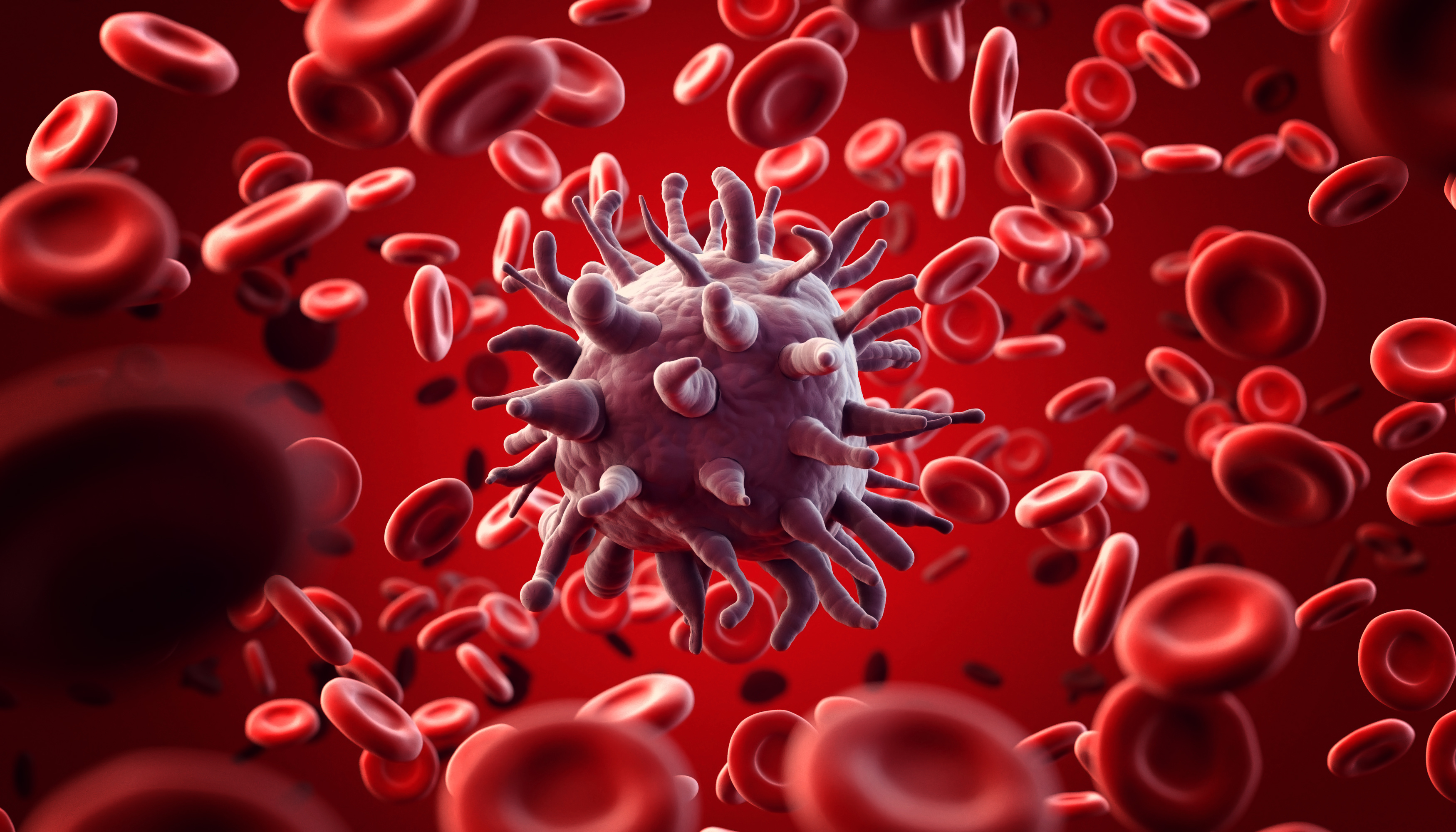In the same section
-
Share this page
Monomeric flavanol compounds for targeted HIV latency reversal and treatment [Technology Offer]
The technology in a nutshell
Monomeric flavanol-type compounds are designed to target and reverse HIV latency by inhibiting key proteins such as UHRF1. These compounds, along with optimized formulations, offer a novel method for reactivating dormant HIV and improving overall treatment outcomes.
State of the art
Current HIV treatments effectively manage the virus but do not eliminate latent reservoirs where HIV remains dormant. These reservoirs are a major obstacle to curing HIV, as they can reactivate even during treatment. Recent research has focused on developing latency-reversing agents (LRAs) to target these dormant HIV cells, though many of these agents face challenges like toxicity and limited effectiveness. The field is seeking more effective solutions to reactivate latent HIV and improve overall treatment outcomes.
The invention
The invention is about using special plant-based compounds, known as flavanols, to help tackle HIV. These compounds work by "waking up" hidden HIV viruses in the body, making them more visible and easier to treat with existing medications. The technology involves creating advanced drug formulations to make these compounds more effective and stable, offering a new approach to improving HIV treatment and potentially leading to better long-term outcomes.

Technology readiness level

Key advantages of the technology
- Effective Latency Reversal: Targets and reverses HIV latency, improving treatment outcomes.
- Selective Inhibition: Specifically inhibits key proteins like UHRF1 involved in HIV dormancy.
- Enhanced Antiretroviral Therapy: Can be used in combination with existing antiretroviral drugs to boost efficacy.
- Optimized Formulations: Includes advanced formulations for enhanced stability and delivery.
Team
The Laboratory of Molecular Virology is studying the role played by epigenetic modifications (histone acetylation, histone methylation and DNA methylation) in transriptional latency and reactivation from latency of three retroviruses: HIV-1 (Human Immunodeficiency Virus type 1), HTLV-I (Human T-cell leukemia virus I) and BLV (Bovine Leukemia Virus). Infection by these retroviruses is characterized by viral latency in the large majority of infected cells and by the absence of viremia (in the cases of HTLV-I and BLV). These features are thought to be due to the transcriptional repression of viral expression in vivo, but the molecular mechanisms involved in such a repression are not fully elucidated. The epigenetic modifications could be one mechanism by which these viruses escape the host immune response and, in the case of HTLV-I/BLV, allow tumor development.
Carine Van Lint is professor at the Université libre de Bruxelles (ULB) and Research Director at the Belgian National Fund for Scientific Research (F.N.R.S.). She specializes in the molecular and epigenetic mechanisms that regulate transcriptional latency and reactivation in three retroviruses: HIV-1, HTLV-I (human T-cell leukemia/lymphoma virus type 1), and BLV (bovine leukemia virus). Her lab's primary goal for HIV-1 is to develop new strategies, based on transcriptional mechanisms, to reduce the latent reservoir to a level manageable by the host’s immune system.
Relevant publications
- Novel role of UHRF1 in the epigenetic repression of the latent HIV-1. Roxane Verdikt, Maryam Bendoumou, Sophie Bouchat, Lorena Nestola, Alexander O. Pasternak, Gilles Darcis et al. Published: April 13, 2022. DOI:https://doi.org/10.1016/j.ebiom.2022.103985.
Updated on September 13, 2024
Potential applications
- HIV Treatment Enhancement
- Latency Reversal Therapy
- HIV Drug Development
- HIV Research Tools
- HIV Clinical Trials
Collaboration type
- License agreement
- R&D collaboration
IP status
The inventors
Carine VAN LINT
Paul NIEBES
Paul NIEBES
Contact
Knowledge Transfer Office
ULB Research Department
Joachim Ruol
Business developer
joachim.ruol@ulb.be
ULB Research Department
Joachim Ruol
Business developer
joachim.ruol@ulb.be
